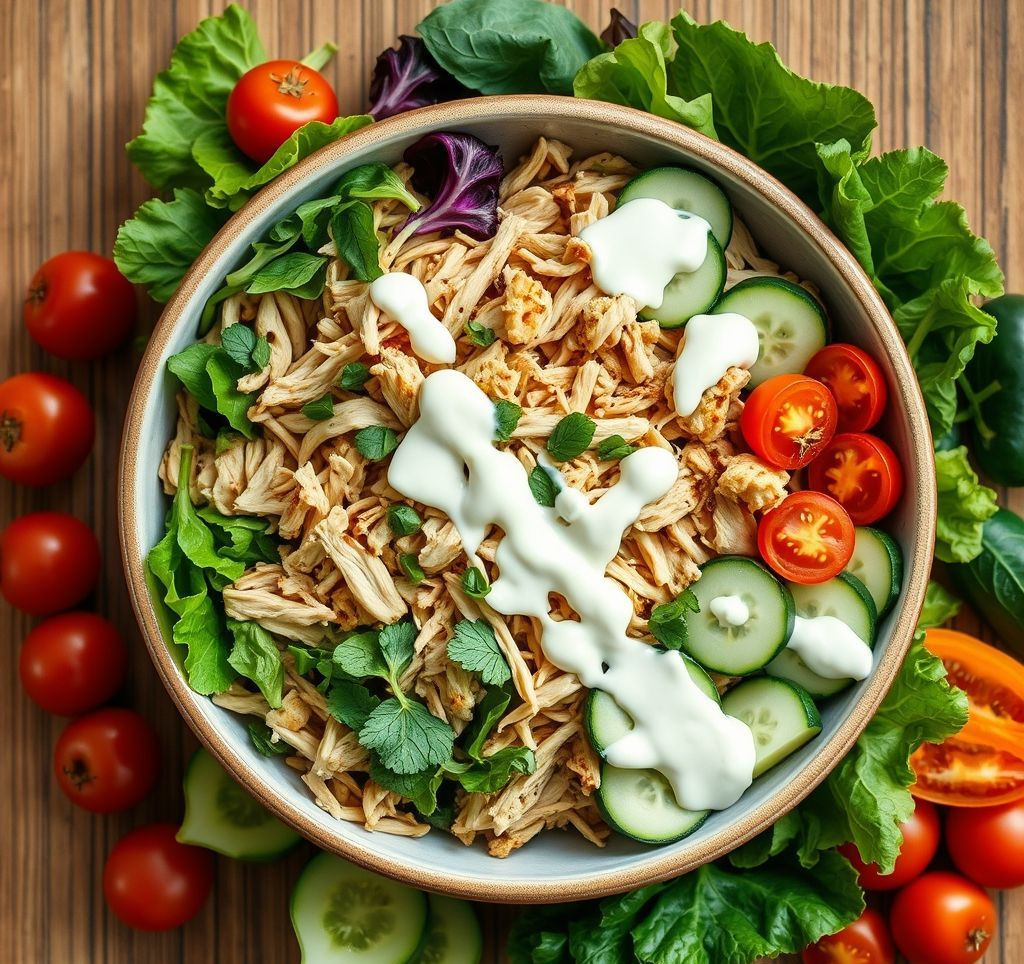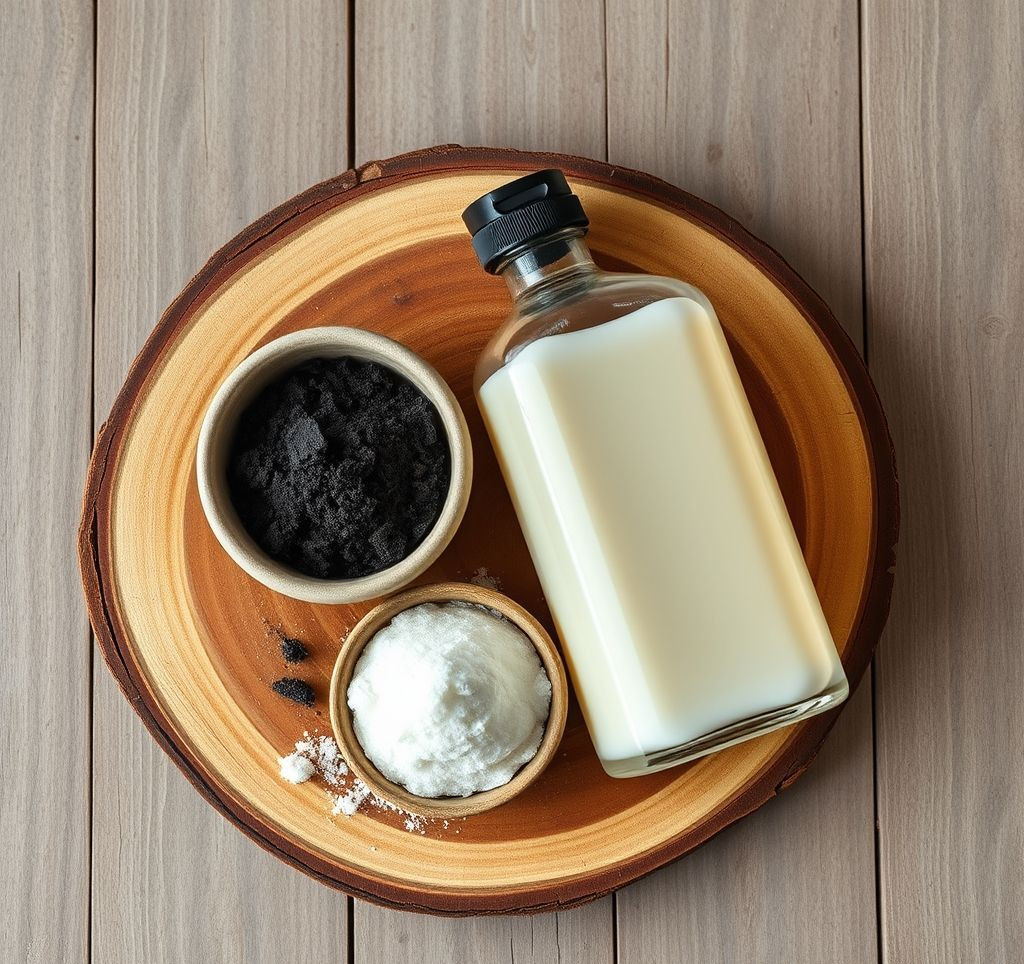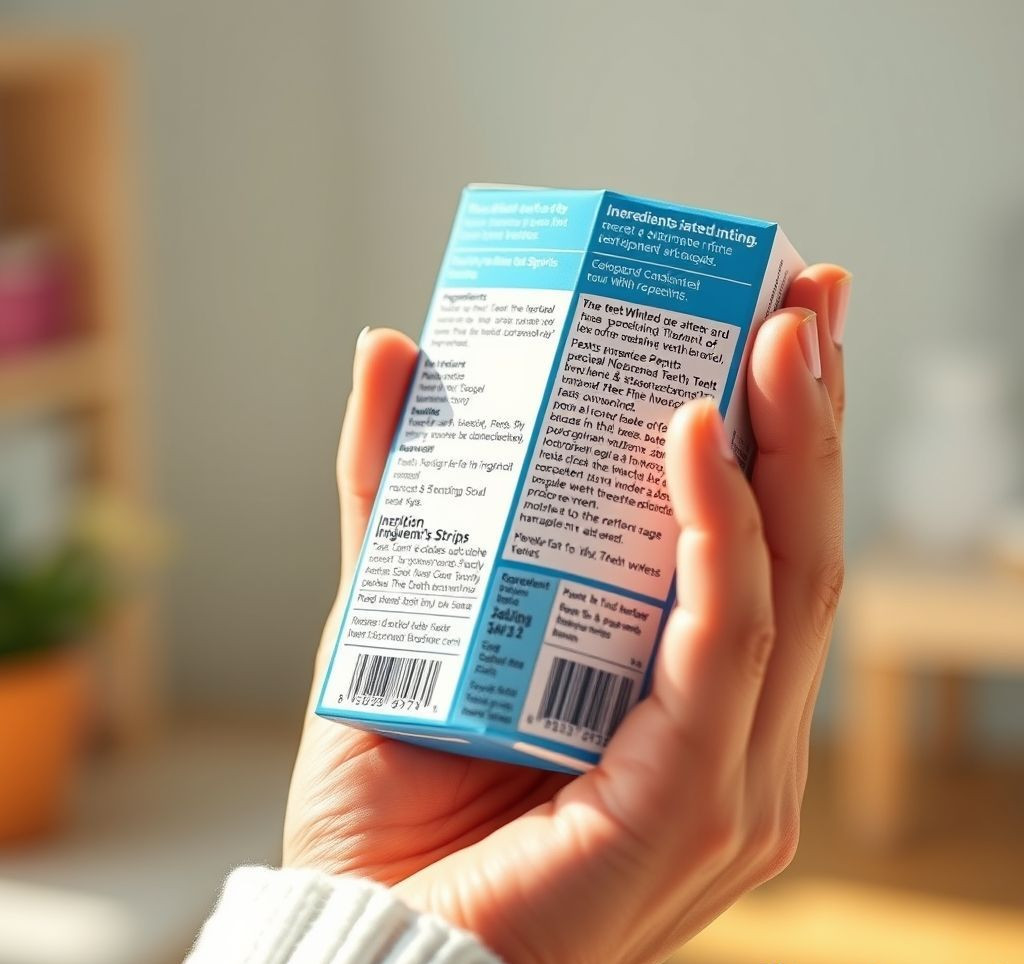Embarking on a weight loss journey doesn’t have to mean sacrificing flavor or enduring constant hunger pangs. The key is to discover a world of delicious and satisfying low calorie recipes that nourish your body and keep you feeling full. Say goodbye to restrictive diets and hello to a variety of vibrant, nutrient-packed meals that will make your weight loss goals feel achievable and enjoyable. Prepare to be amazed by how many culinary options exist for creating healthy and fulfilling low calorie meals!
Why Focusing on Filling Low Calorie Foods is Crucial
Shifting your focus to filling low calorie foods is a game-changer for sustainable weight management. Here’s why:
- Increased Satiety: Foods high in fiber and protein help you feel fuller for longer, reducing the temptation to overeat or snack on unhealthy options.
- Nutrient Density: Many low calorie recipes are packed with essential vitamins and minerals, supporting overall health and well-being.
- Improved Energy Levels: By fueling your body with nutritious ingredients, you’ll experience sustained energy throughout the day, preventing energy crashes and cravings.
- Sustainable Habits: Focusing on delicious and satisfying options makes healthy eating a lifestyle, not a temporary diet.
- Mental Well-being: Feeling satisfied and nourished contributes to a positive relationship with food and improved mental health.
Core Principles of Creating Delicious Low Calorie Recipes
Creating fantastic low calorie recipes doesn’t require being a gourmet chef. Understanding a few key principles will set you up for success:
- Prioritize Whole Foods: Focus on fruits, vegetables, lean proteins, and whole grains as the foundation of your meals.
- Embrace Volume: Incorporate ingredients like leafy greens, non-starchy vegetables, and broth-based soups to add bulk without significantly increasing calories.
- Lean Protein is Your Friend: Protein helps with satiety and muscle building. Include options such as chicken breast, fish, tofu, lentils, and beans in your weight loss recipes.
- Smart Swaps: Replace high-calorie ingredients with lower-calorie alternatives. For example, use Greek yogurt instead of sour cream, or cauliflower rice instead of white rice.
- Flavor Power: Utilize herbs, spices, and low-calorie sauces to enhance the flavor of your dishes without adding extra calories.
A Guide to Discovering & Adapting Low Calorie Recipes
Finding or creating your own low calorie recipes is easier than you think. Here’s a step-by-step guide:
-
<li>Start with a Base: Choose a protein source (chicken, fish, beans, tofu) and a generous portion of vegetables.
- Add Flavor & Texture: Experiment with herbs, spices, lemon juice, vinegars, and small amounts of healthy fats like olive oil or avocado.
- Volume Up: Incorporate leafy greens, broth, or non-starchy vegetables to create a filling and satisfying meal. For instance, a large salad with grilled chicken and a light vinaigrette dressing is a great option.
- Portion Control: Be mindful of portion sizes, even with healthy foods. Use smaller plates and bowls to help control your intake.
- Track Your Progress (Optional): Using a food diary or app can help you monitor your calorie intake and nutrient intake.
According to the National Institutes of Health (NIH), tracking your food intake can enhance weight loss efforts.
- Adapt Existing Recipes: Modify your favorite recipes by swapping out high-calorie ingredients for lower-calorie alternatives. For example, reduce the amount of oil used, use leaner cuts of meat, and load up on vegetables. Many recipes can easily become delicious and healthy recipes under 400 calories with a few simple adjustments.
“Let food be thy medicine and medicine be thy food.” – Hippocrates
- Explore Different Cuisines: Many cuisines naturally feature light and healthy dishes. Mediterranean, Asian, and Latin American cuisines offer a wealth of flavorful and easy low calorie dinners.
Expert Tips & Best Practices for Enjoying Low Calorie Recipes
To maximize the benefits of your low calorie diet, consider these expert tips:
- Plan Ahead: Meal prepping and planning your weekly meals can help you stay on track and avoid impulsive, unhealthy choices.
- Hydrate Regularly: Drinking plenty of water throughout the day can help you feel full and satisfied. Sometimes thirst is mistaken for hunger!
- Don’t Deprive Yourself: Allow yourself occasional treats in moderation to prevent feelings of deprivation and maintain a healthy relationship with food.
- Listen to Your Body: Pay attention to your hunger and fullness cues. Eat when you’re hungry and stop when you’re satisfied, not stuffed.
- Be Patient: Weight loss is a journey, not a race. Be consistent with your efforts and celebrate your progress along the way. Remember that finding the right healthy low calorie meals that you enjoy is key to long-term success.
- Focus on Whole, Unprocessed Foods: Minimize your intake of processed foods, sugary drinks, and unhealthy fats.



















